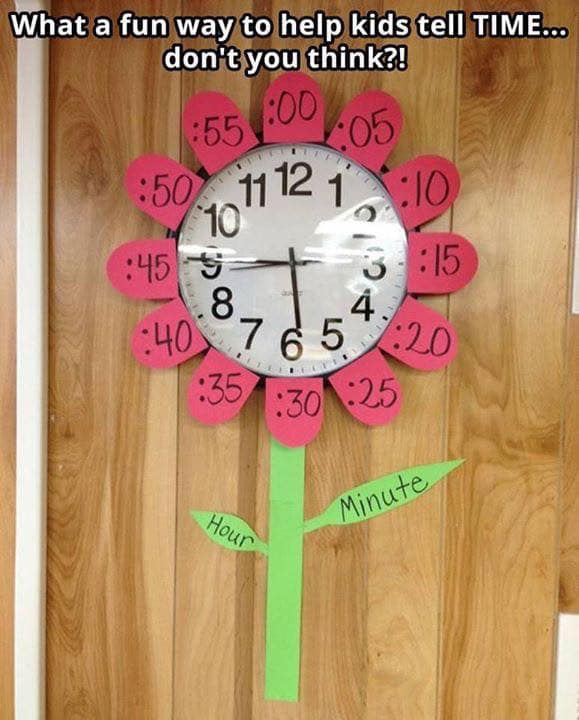
Third and fourth grade teachers agree- teaching elapsed time can be difficult. However, there are strategies to ensure your students’ success.
Can your students tell time?
First, make sure your students know how to accurately tell time on an analog clock. My experience in assessing kids individually is that many will say they are able to tell time but they actually are not. Others have told me straight out that they can’t do it! The book Telling Time is helpful to go through with struggling students if needed. Have students practice or demonstrate telling time with individual Judy clocks or make your own paper clocks with this printable template. You can also use the virtual clock at Toy Theater.
Flocabulary Telling Time to 5 Minutes video lesson
Brainpop Jr Time to the Minute lesson
Here are 11 free online games to practice telling time.
Free printable telling time Bingo

Clocks Polygraph by Desmos is an activity for tablet or laptop where 3rd-5th grade students can develop understanding of the need for a common language to describe time and to surface early ideas about that language.
Introducing Elapsed Time
Have students use their clock manipulatives to follow along with the book Pigs On A Blanket: Fun With Math and Time
Also use your clocks to figure out elapsed times relevant to the students. Start simple but do relevant word problems with different information given. “If we start school at 8:00 and get out at 3:00, how many hours are we in school?” “Suppose we play a one hour game and start at 2:00, what time will we be done?” “What if we played for two hours and finish at 3:00, what time did we start?” Keep these to hour intervals at first and use the clocks. As the kids demonstrate proficiency at hour intervals go to half hours, then to 15 minutes, 5 minutes, and 1 minute. Struggling students will need this in small group so you can guide them in moving the hands of their clocks.
Build understanding that when figuring elapsed time you are figuring the difference between the start time and end time (if you have taught subtraction as difference strategy well the kids should have understanding of this, and of using the relationship between addition and subtraction to figure out the answer whether they are given the start and end time, the start and elapsed time, or the end and elapsed time.)
Questions for home could be: how much time from when I get out of school until I go to bed? How much time from when I go to bed to when I get up? How much time from when I get up until I leave for school?”
Math Geek Mama has this fun free printable activity where kids use elapsed time to plan all the things they would do on their perfect day.
After kids understand what they are doing when they find elapsed time using the clocks you can teach other methods for solving elapsed time problems. However, I would first make sure they can do it on the clocks. That shows that they understand WHAT they are doing and they can apply the other strategies.
Strategies for Elapsed Time
Number line Video of this method
T Chart- Video of this method
Z Method Video of this method
Mountains, Hills, and Rocks
The Owl Teacher has given a comparison/summary of all four methods on this blog post (along with an anchor chart showing all four)
Hands On Games For Practicing
Elapsed Time Topple Blocks (Jenga game)
Online Games for Practicing
Math Man: Calculate Elapsed Time
Videos for Kids To Watch
Mr. Binkley (Pink Hair) Elapsed Time
Elapsed Time: Math & Learning Videos
Addition and Subtraction of Time Intervals
Elapsed Time Printable Games
Reviewing and Assessing Elapsed Time
Free Elapsed Time Review/Assessment from Teaching With a Mountain View
Enrichment for Elapsed Time
Have some advanced learners who need an additional challenge? Here are some enrichment challenges. (Currently the best enrichment challenges I have found are on TPT and have a small charge. If I find quality free resources I will update.)
Project Based Learning: Planning a Trip to New York from Kitten Approved Curriculum. “Students solve start, elapsed, and end time problems that are authentic and involve multiple steps. They’ll love creating their own trip itinerary using a fun map to plan a vacation in New York City. Students are asked to answer real world questions and will have a deeper understanding of the subject matter after this engaging activity.”
Planning a Trip, Choosing Flights and Itineraries from Gina Kennedy. “With this resource students will research the travel times for three vacations using the guidelines included with the project. They will use a well-known travel website and then follow the step by step directions included with this project to calculate the elapsed time between destinations. The student will then fill in their information in the templates provided and place their templates together to create an “Elapsed Time Travel Scrapbook. I’ve also included a project vocabulary handout and rubric.”
Elapsed Time Math Menu Choice Board With 18 Projects from Not So Wimpy Teacher.
Scavenger Hunt Fish Puzzle with Elapsed Time Word Problems from Undercover Classroom. “Students solve problems and then search around the classroom for the puzzle pieces with the matching answer. They cut and paste the puzzle piece to a grid, which will ultimately make a fish picture!”
